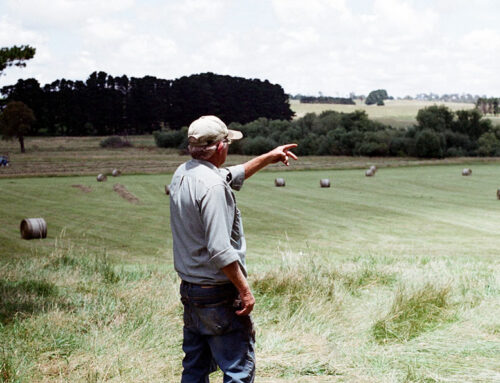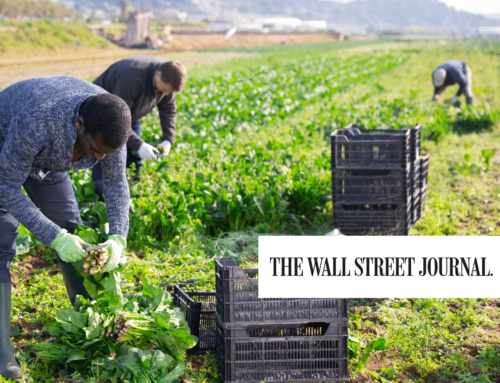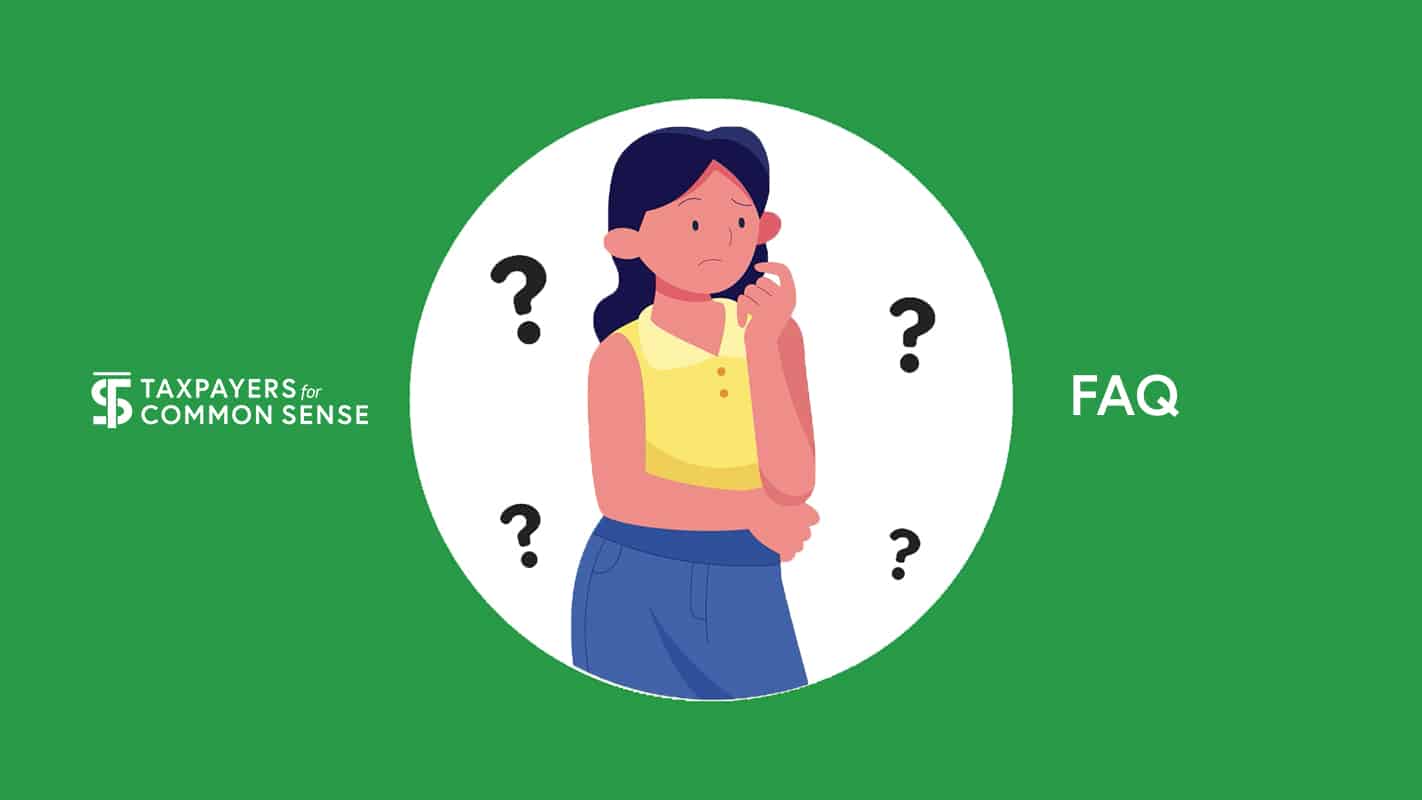Federally subsidized crop insurance is unlike any other insurance. Overall, farm businesses that participate in the program make more money in loss payments than they spend on premiums. This is the inverse of actual insurance programs (auto, homeowner, life, etc.) where loss claims seldom exceed premiums. Lawmakers should reform the complicated web of subsidies in the federal crop insurance program to make it a tool to manage risk rather than maximize payments for select businesses.
Consistently Cashing In
Over the last ten years farm businesses have received crop insurance payouts totaling $54 billion more than the premiums they paid. In other words, for every $1 farm businesses paid, the program delivered $2.17 in payouts
| 5-year benefit | 10-year benefit | |
|---|---|---|
| Farmer Premium | $30.88 billion | $49.21 billion |
| Indemnity Payments | $70.88 billion | $104.58 billion |
| Rate of Return | $2.30 | $2.13 |
This high rate of return is not due to high indemnities in one or two years but rather occurs annually.
| $ billions | 2015 | 2016 | 2017 | 2018 | 2019 | 2020 | 2021 | 2022 | 2023 | 2024 |
| Farmer Premium | $3.7 | $3.5 | $3.7 | $3.6 | $3.8 | $3.9 | $5.4 | $7.3 | $7.4 | $6.9 |
| Indemnity | $6.3 | $3.9 | $5.4 | $7.3 | $10.7 | $9.2 | $9.8 | $20 | $18.7 | $13.1 |
| Rate of Return | $1.72 | $1.13 | $1.46 | $2.02 | $2.80 | $2.37 | $1.79 | $2.75 | $2.51 | $1.91 |
Disparities by States and Crops
While the program has a high rate of payment, experience varies by state. In a number of states, such as Illinois, Iowa, and Indiana, total insurance claims routinely fall short of farmer-paid premiums. In others such as Arkansas, California, Texas, and Oklahoma crop insurance payouts almost always exceed farmer premiums resulting in very high and very frequent payouts. In the latter states, crop insurance clearly acts more like a frequent, and often annual, federal income subsidy.
Payments per/$ of farm business premium 2020-2024
| Indiana | $0.40 |
| Illinois | $0.52 |
| Ohio | $0.75 |
| Iowa | $1.05 |
| Wisconsin | $1.16 |
| Texas | $4.42 |
| Oklahoma | $3.94 |
| Arkansas | $3.60 |
| California | $3.55 |
| Washington | $3.28 |
Crop Bias
Farmers growing particular crops also receive much more cash per-premium dollar paid than growers of other crops. Insurance payouts to growers of rice and cotton, predominantly cultivated in Southern states, exceeded farmer-paid premiums at rates well above the overall rate for the federal crop insurance program. Growers of the two most widely cultivated commodities, corn and soybeans, actually receive payments in excess of premiums at rates below the average for the overall program.
| Crop Insurance Payments Per $ of Farm Business Premium, by Crop | ||
| 5 Year | 10 Year | |
| Total Program | $2.30 | $2.13 |
| Soybeans | $1.69 | $1.57 |
| Corn | $1.76 | $1.61 |
| Wheat | $2.85 | $2.49 |
| Peanuts | $3.76 | $3.46 |
| Cotton | $4.89 | $4.22 |
| Rice | $5.03 | $5.16 |
Conclusion
An insurance program in which payouts routinely exceed premiums cannot accurately be labeled as insurance, especially one that is highly subsidized by taxpayers. Farmer-paid premiums fall far short of covering indemnity payouts every year in the federal crop insurance program. For producers of particular crops and in particular regions, where payments exceed premiums every year, the program acts more like a federal income entitlement than actual insurance. We must make crop insurance more like insurance and less like an income guarantee for farm businesses year after year. Lawmakers should reform the complicated web of subsidies in the federal crop insurance program to make it a tool to manage risk rather than maximize payments for select businesses.
Better transparency, accountability, and cost-effectiveness measures can also be built into the program to ensure federal dollars are spent wisely and taxpayers know where their tax dollars are going. Encouraging risk-reducing practices such as the adoption of appropriate conservation practices can reduce costs, improve long-term farm profitability, and provide benefits for taxpayers, farmers, and the climate/environment alike. Finally, reining in unlimited crop insurance premium subsidies to millionaires and billionaires can also ensure the federal program better promotes innovation and resilience, instead of certain producers’ dependence on federal subsidies.











Get Social